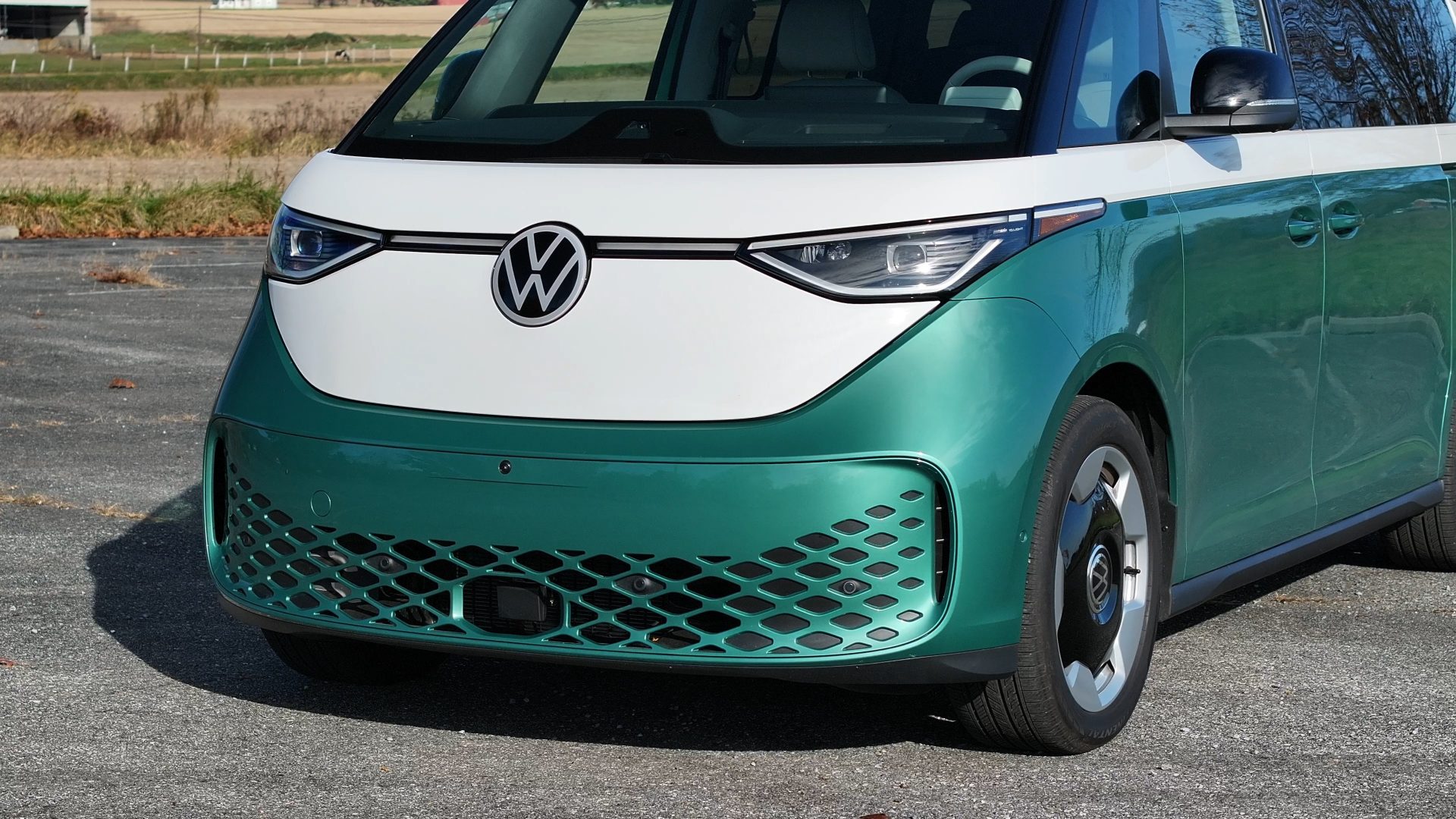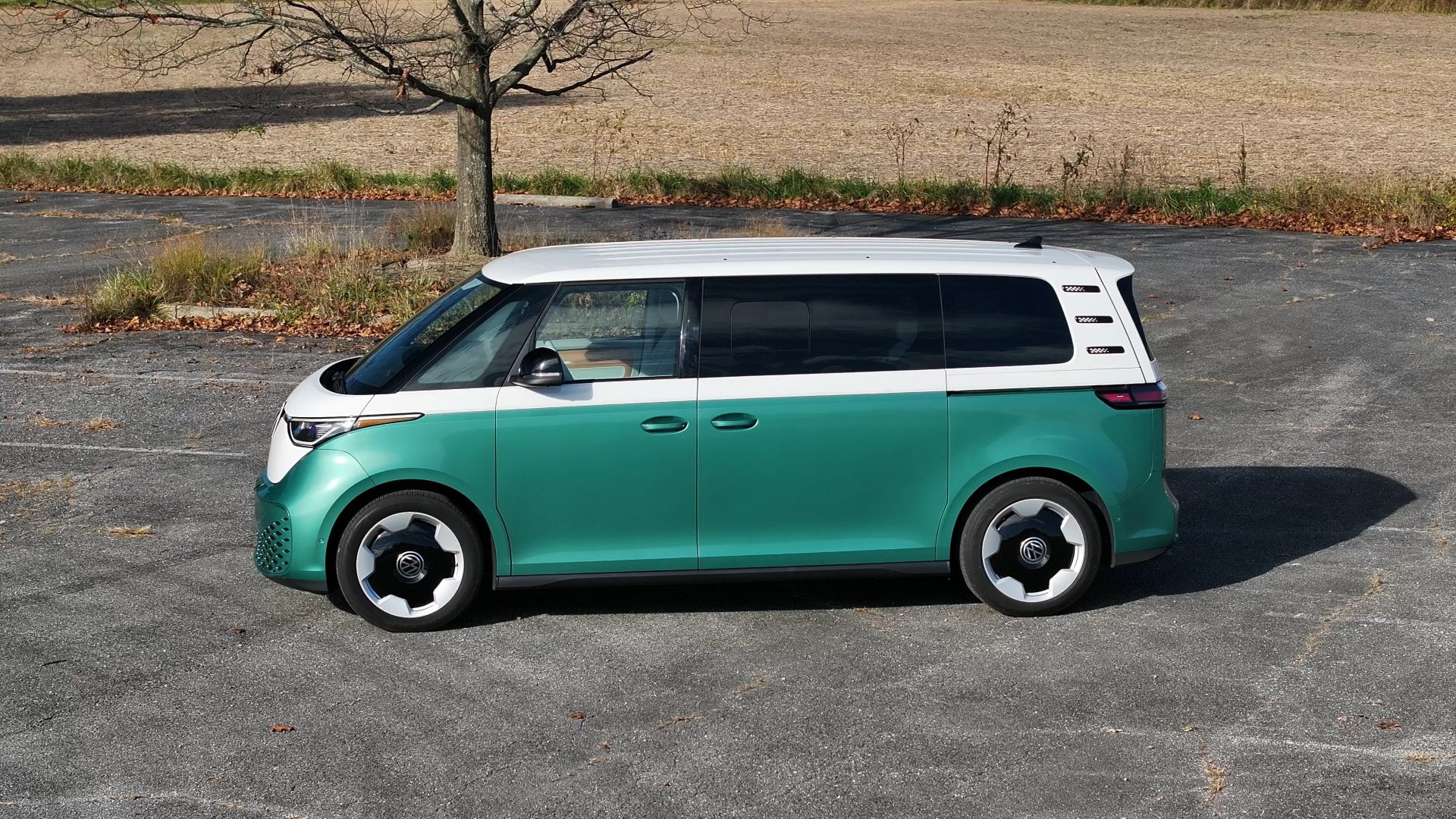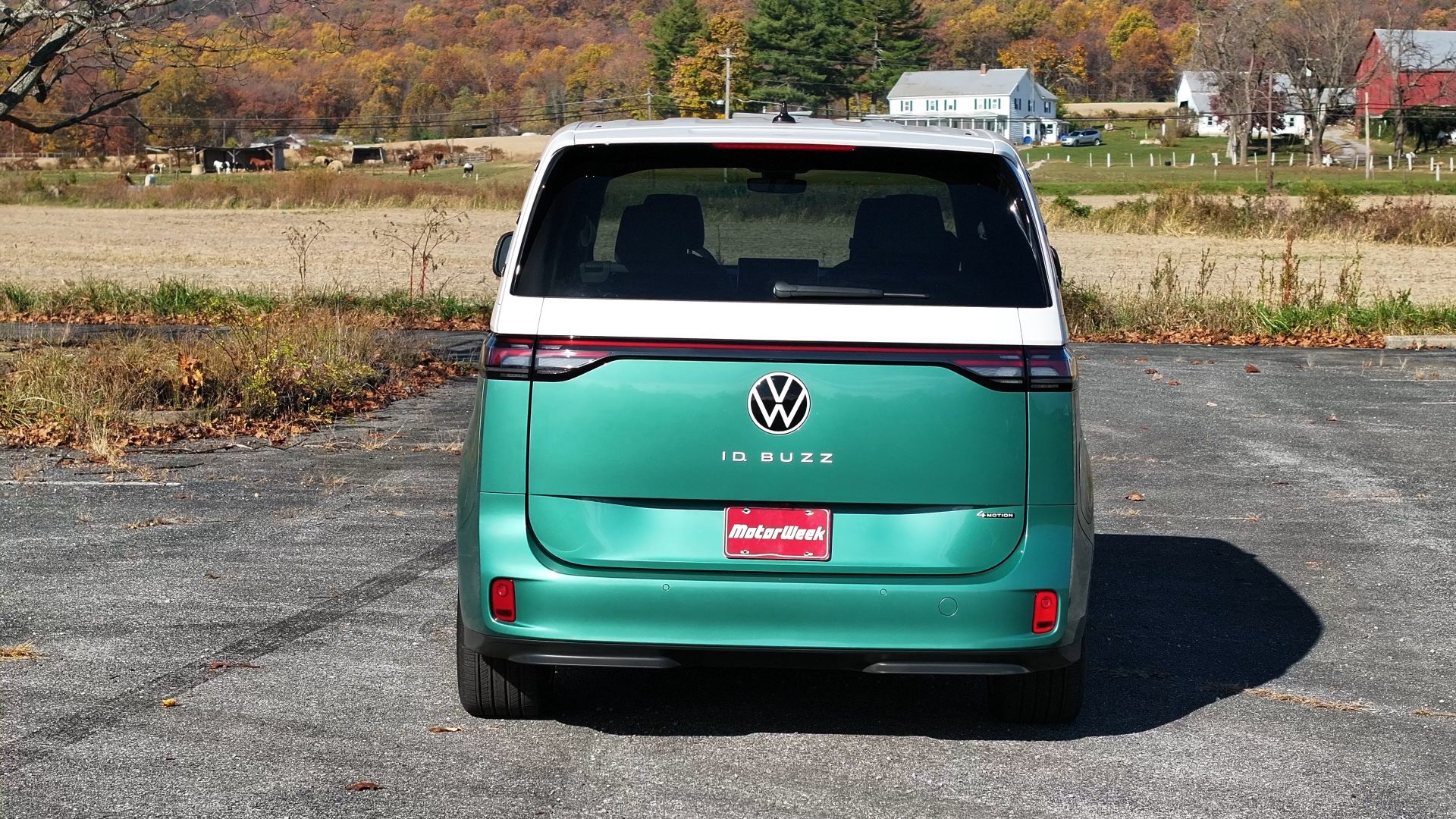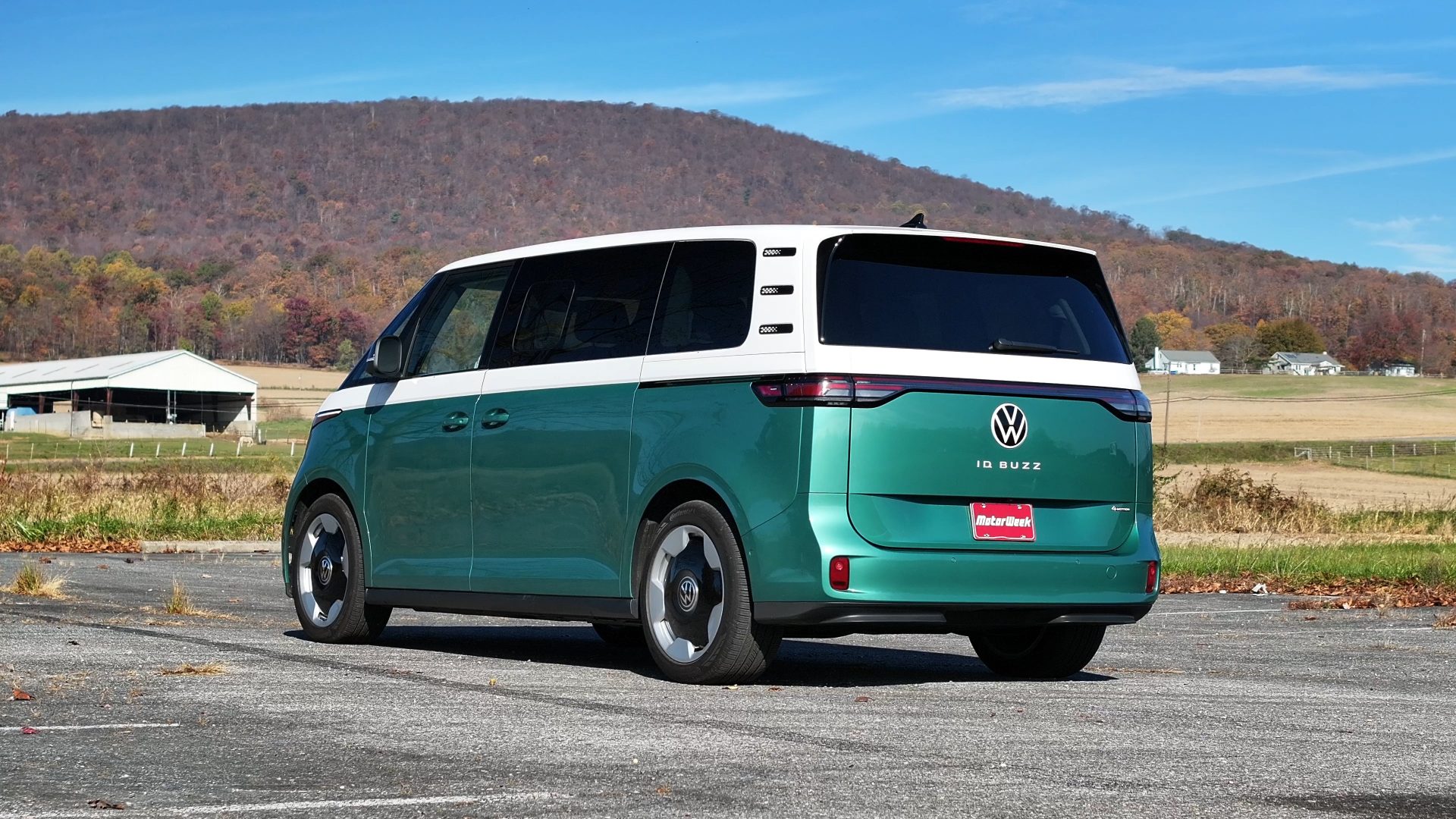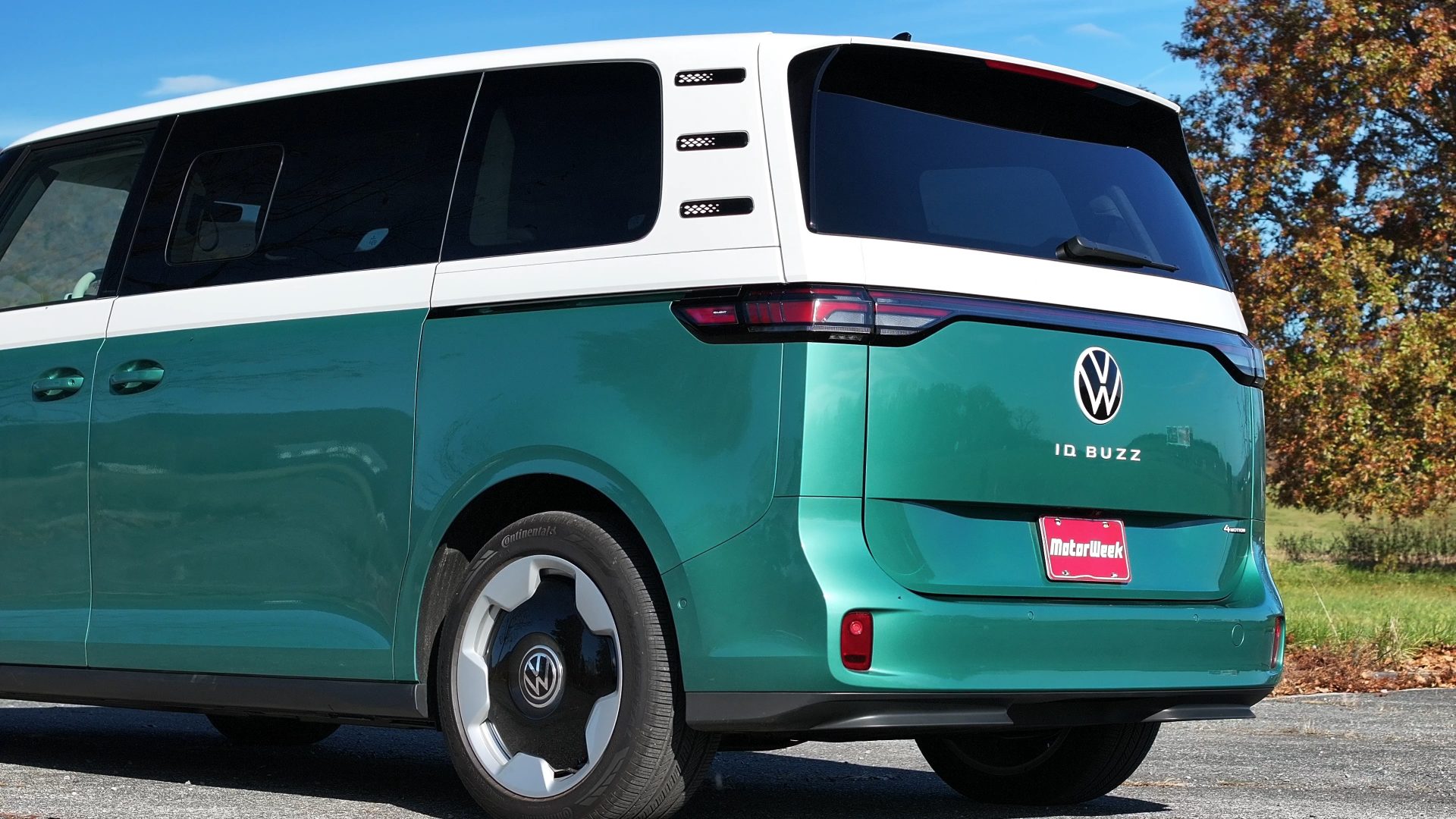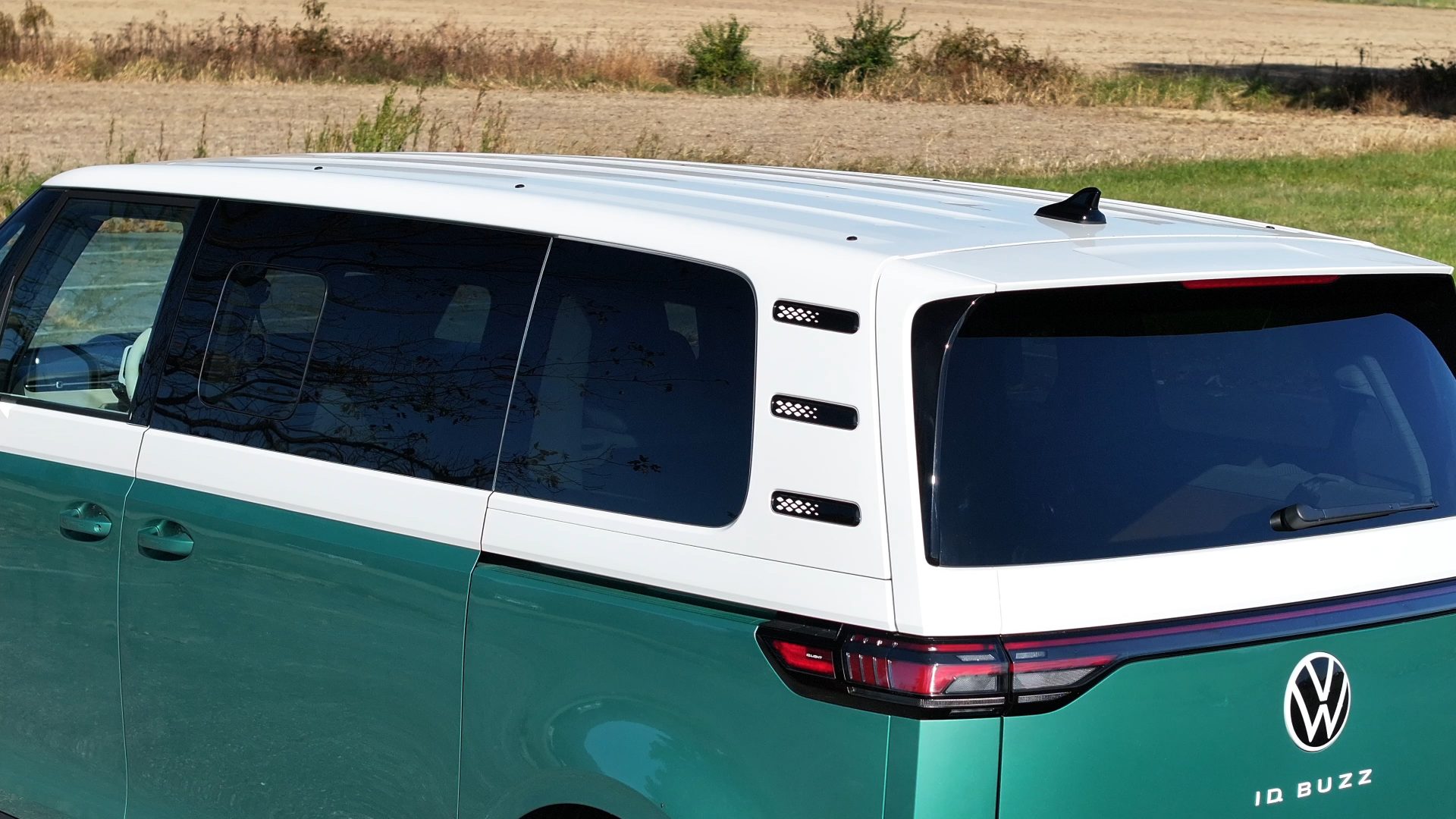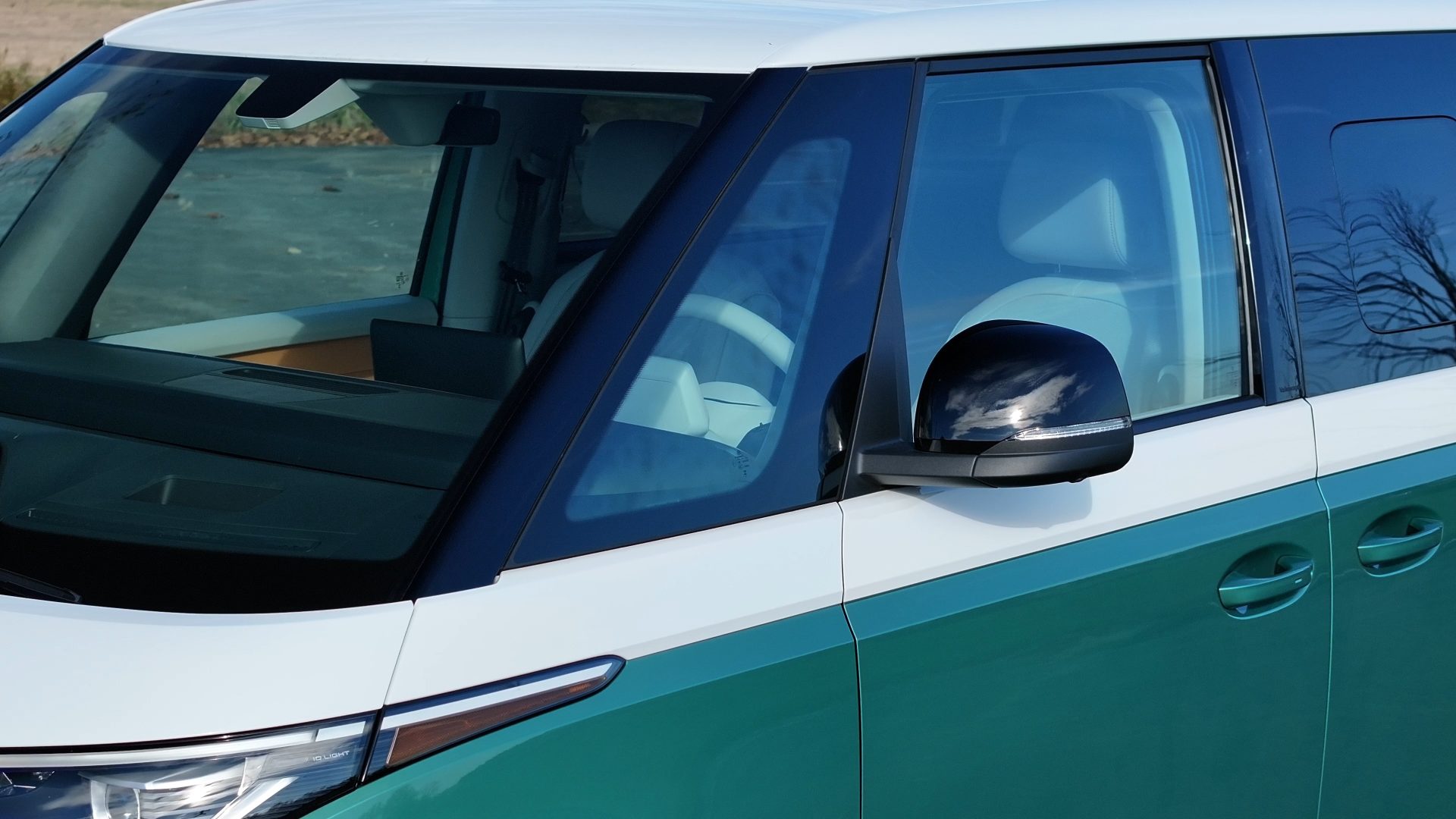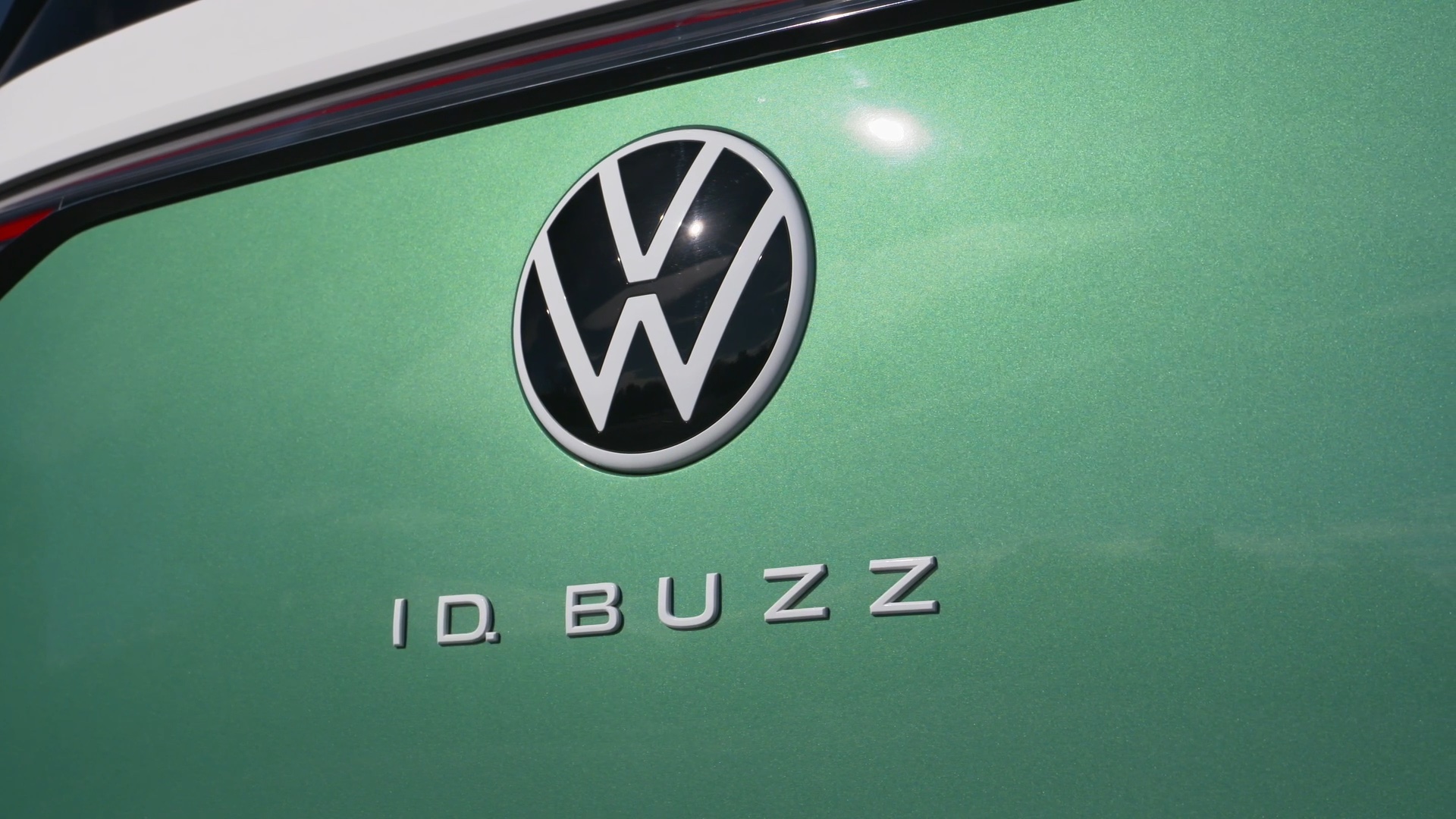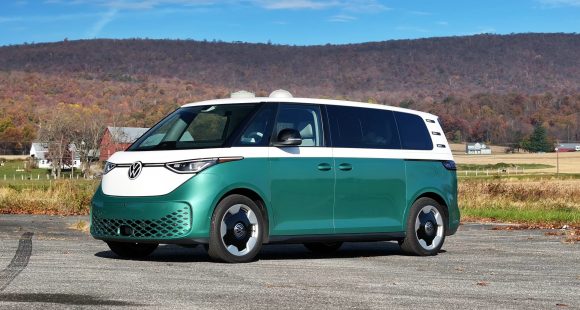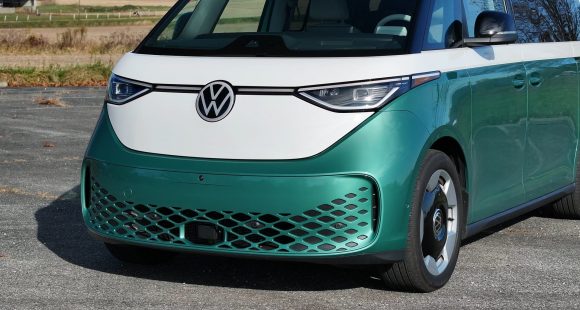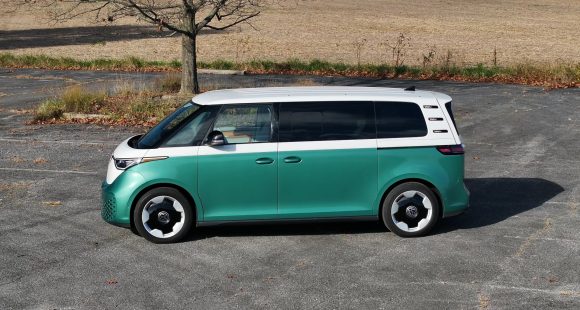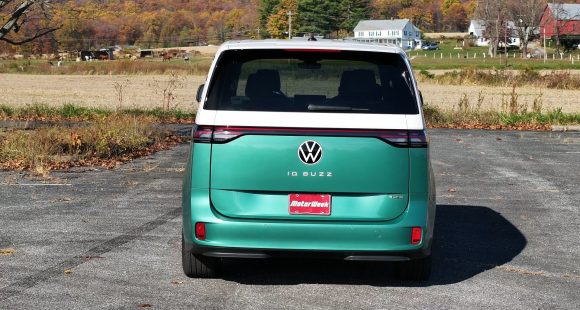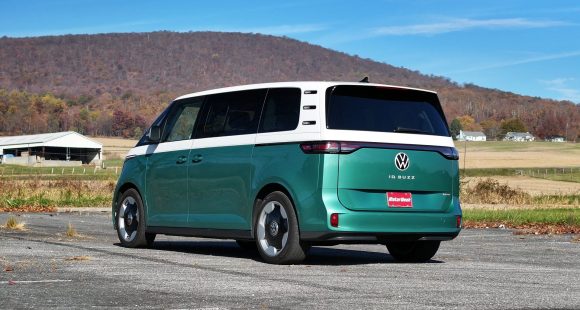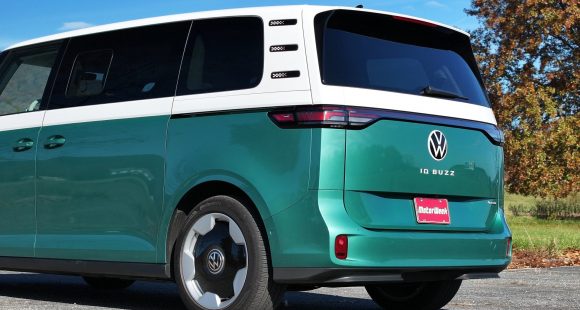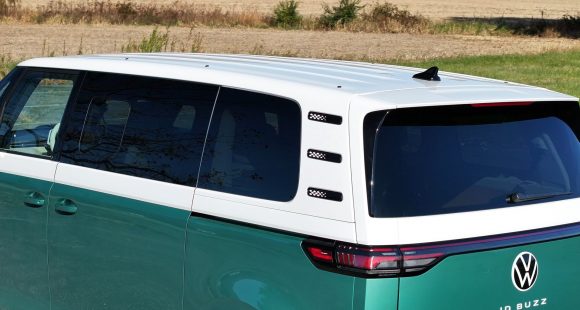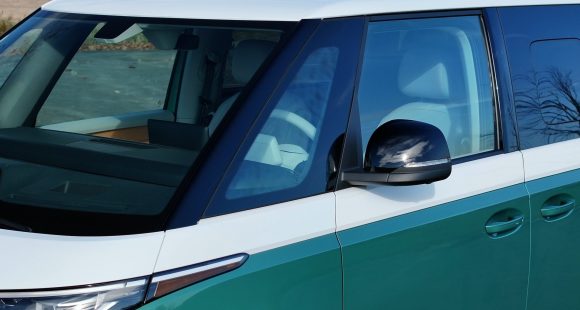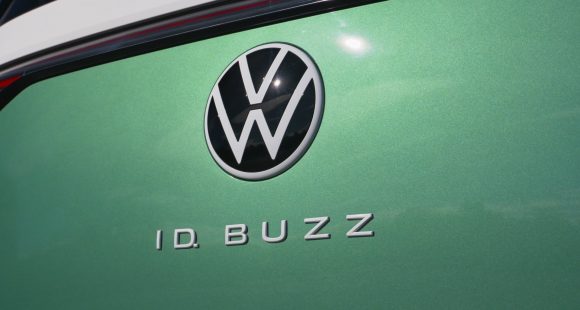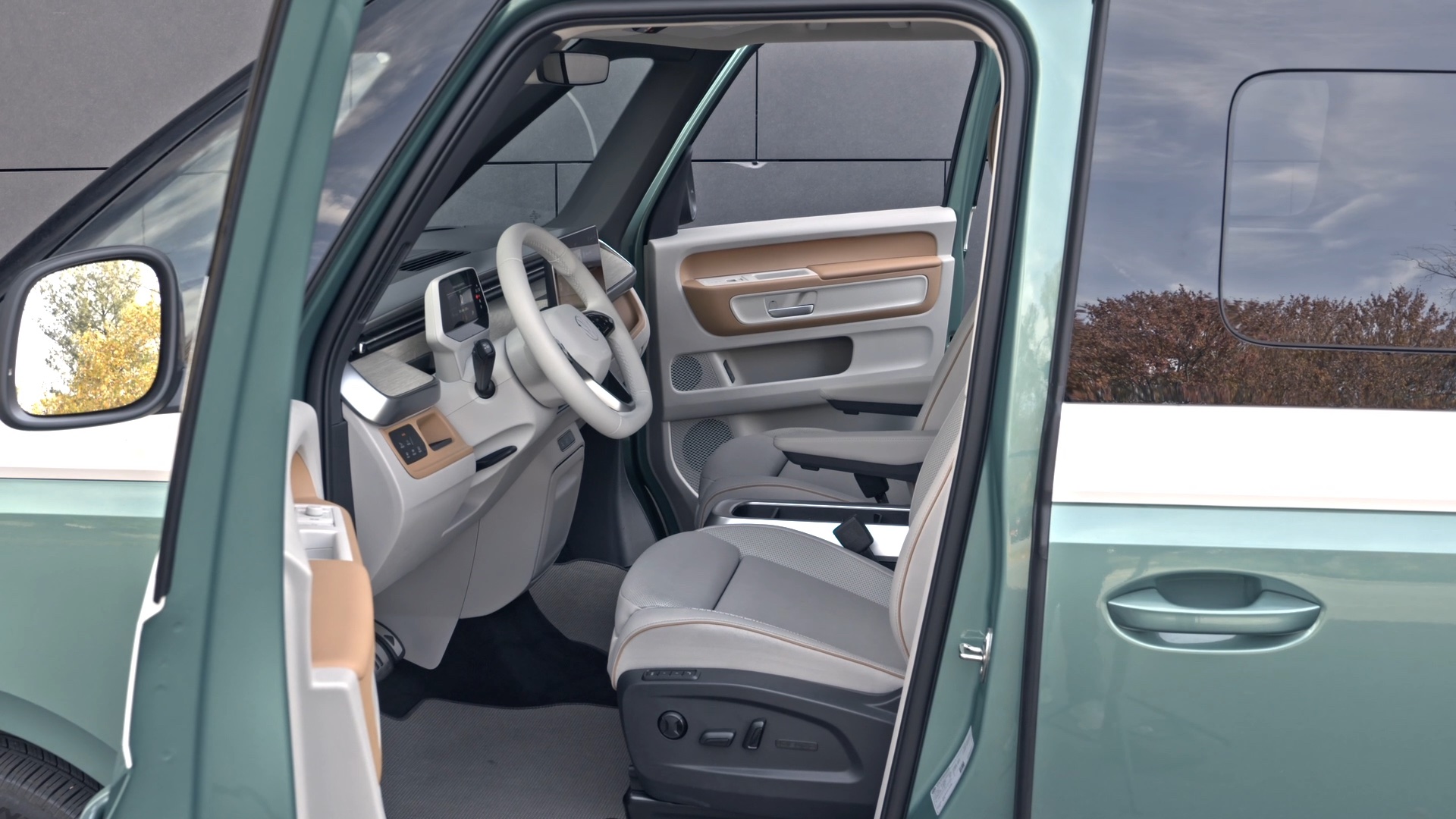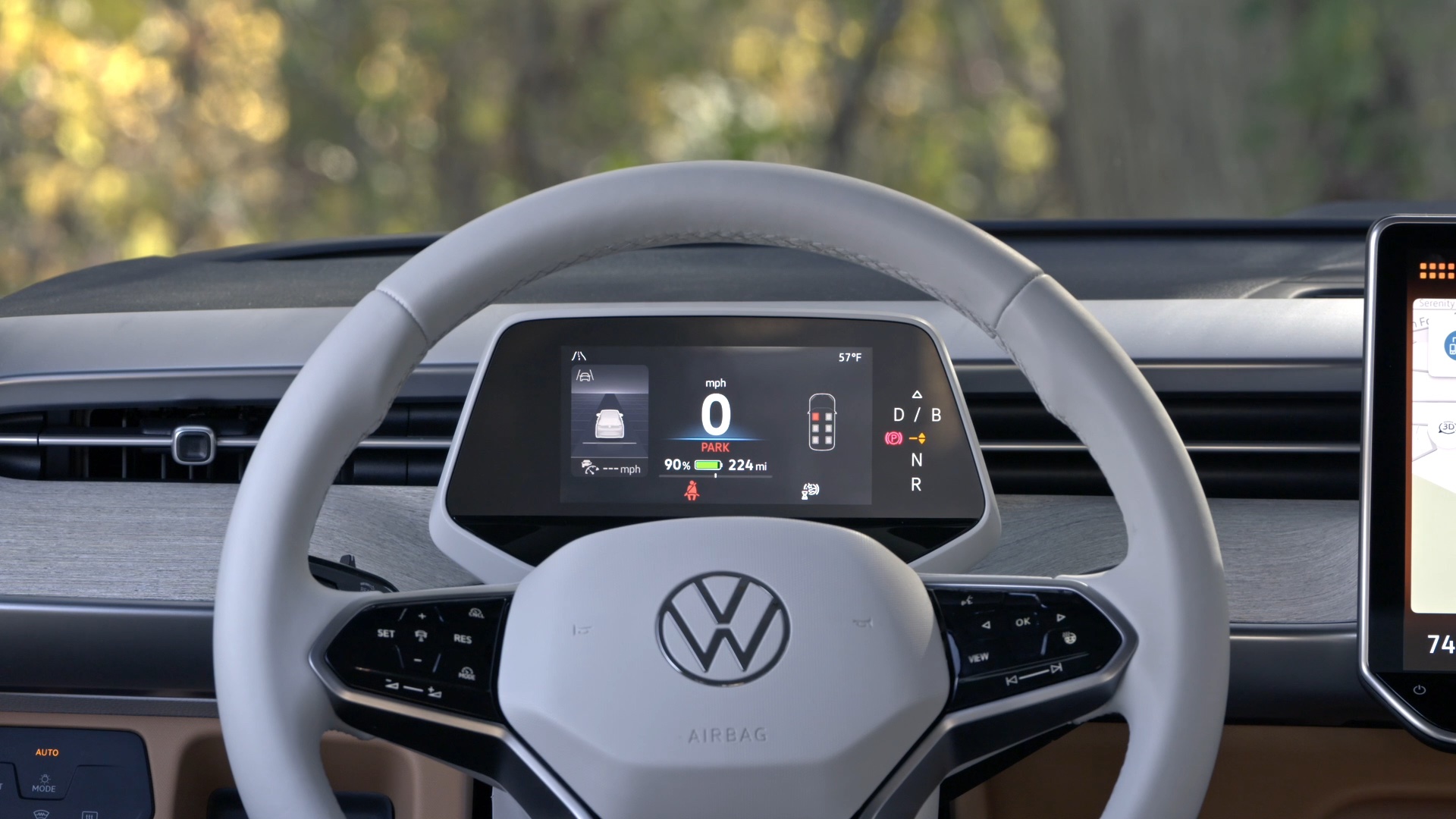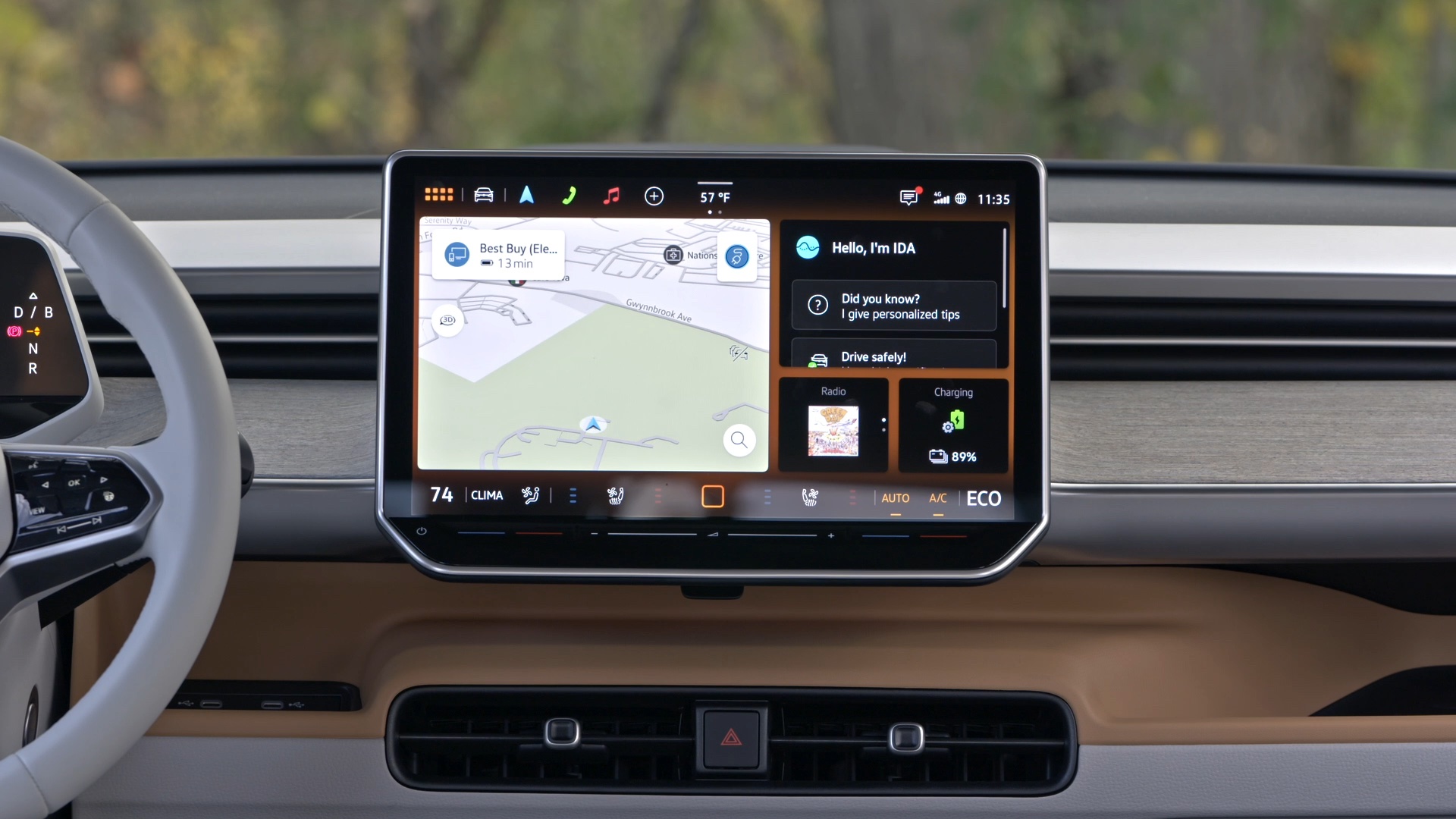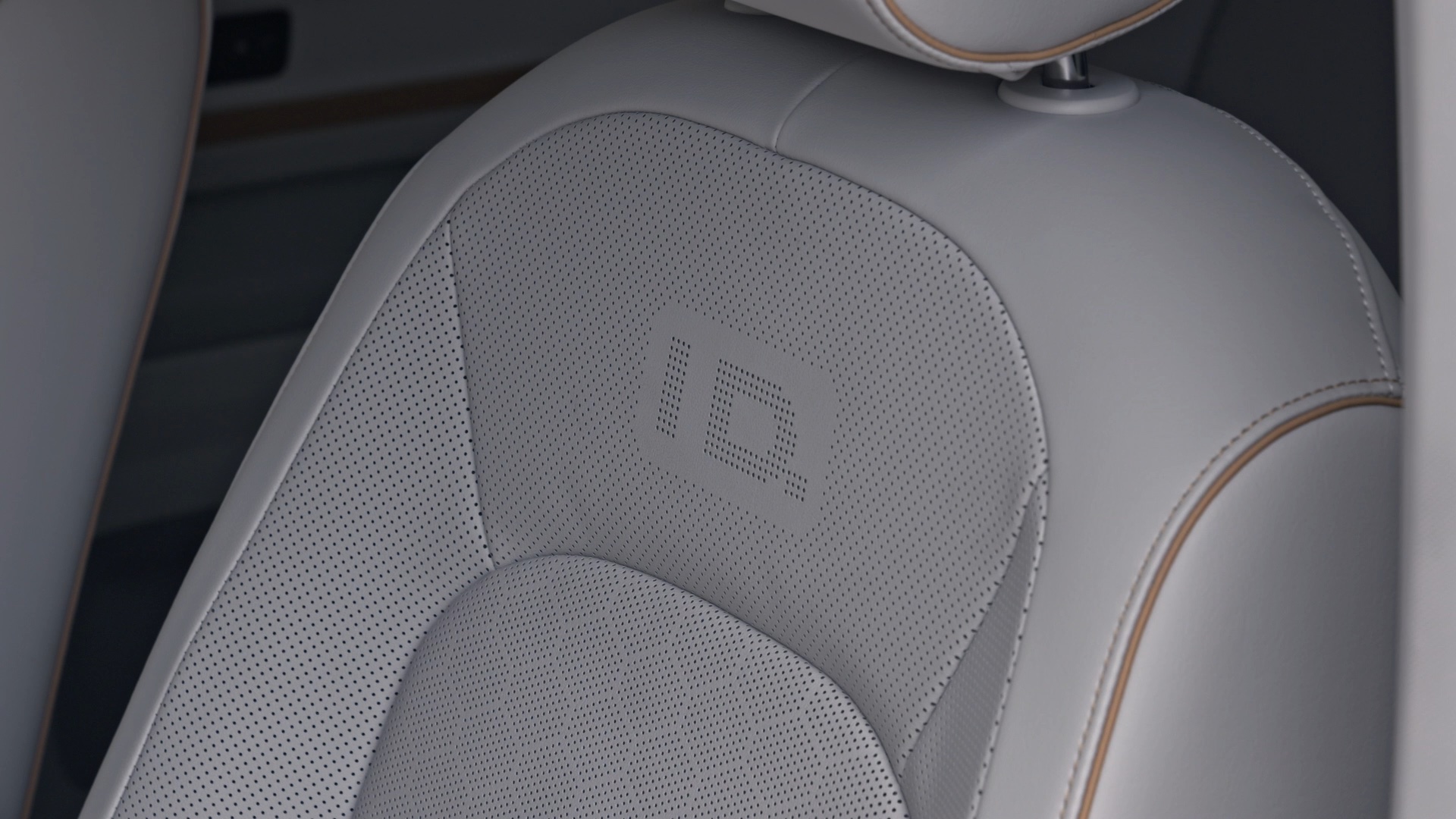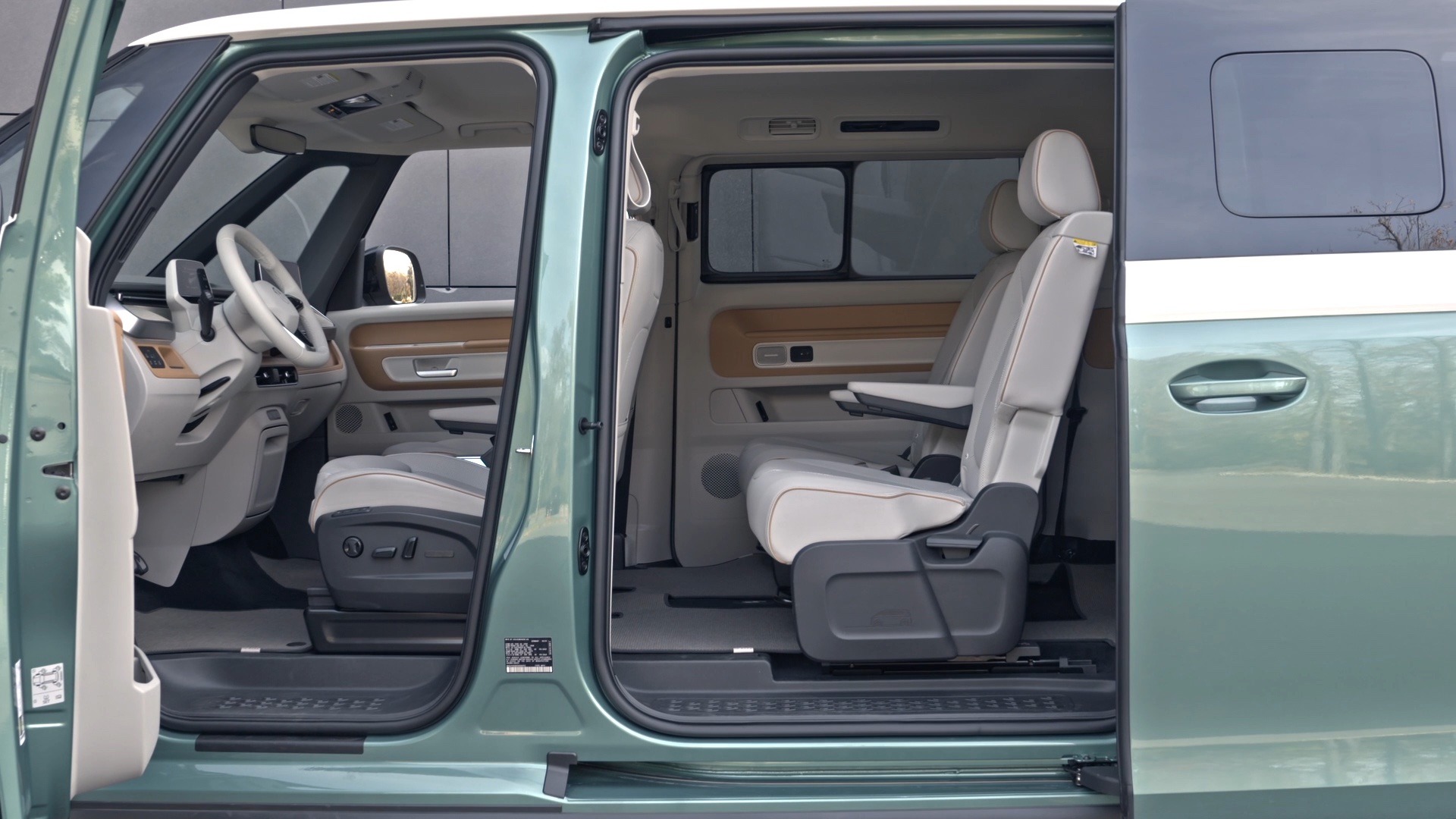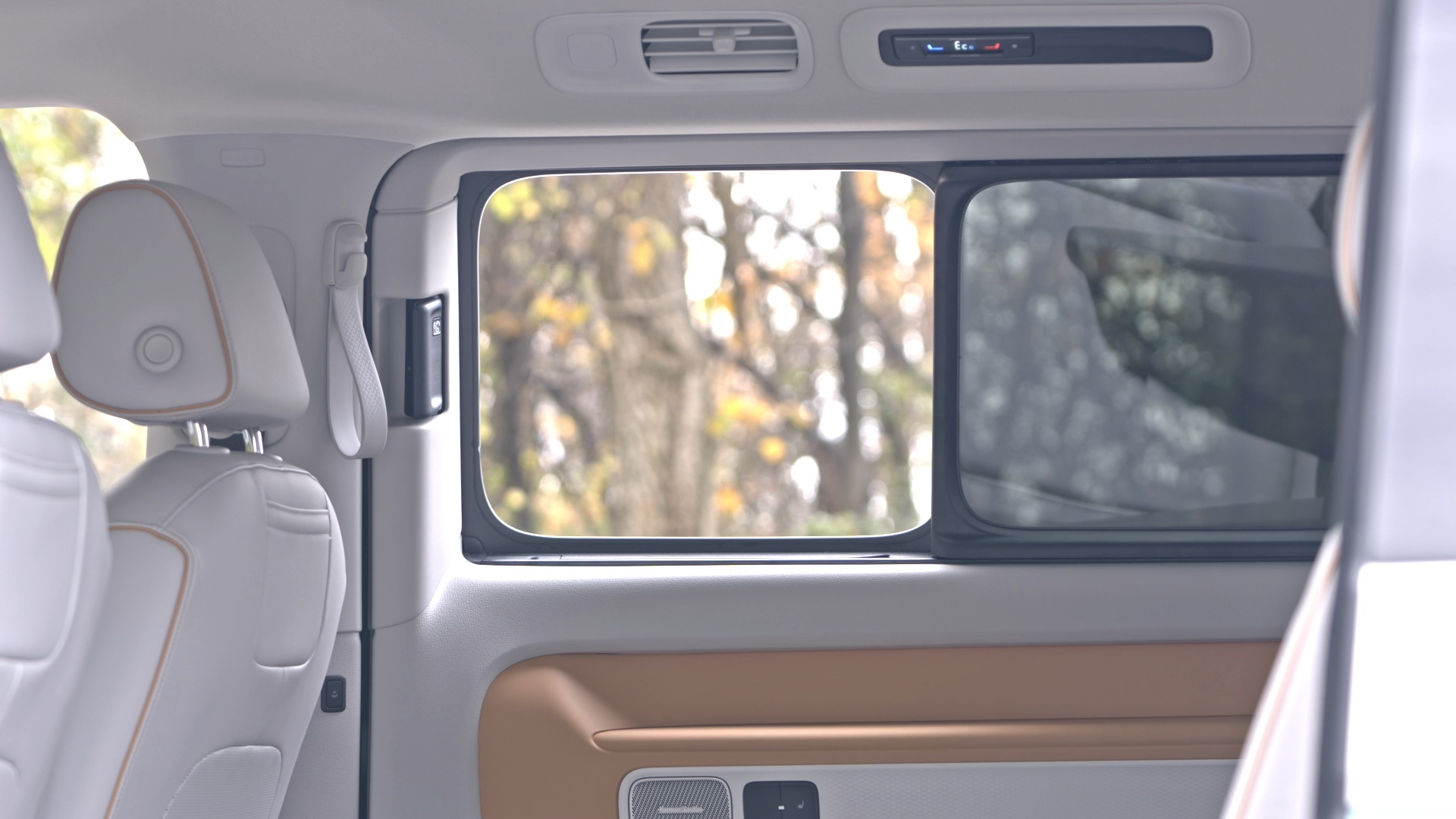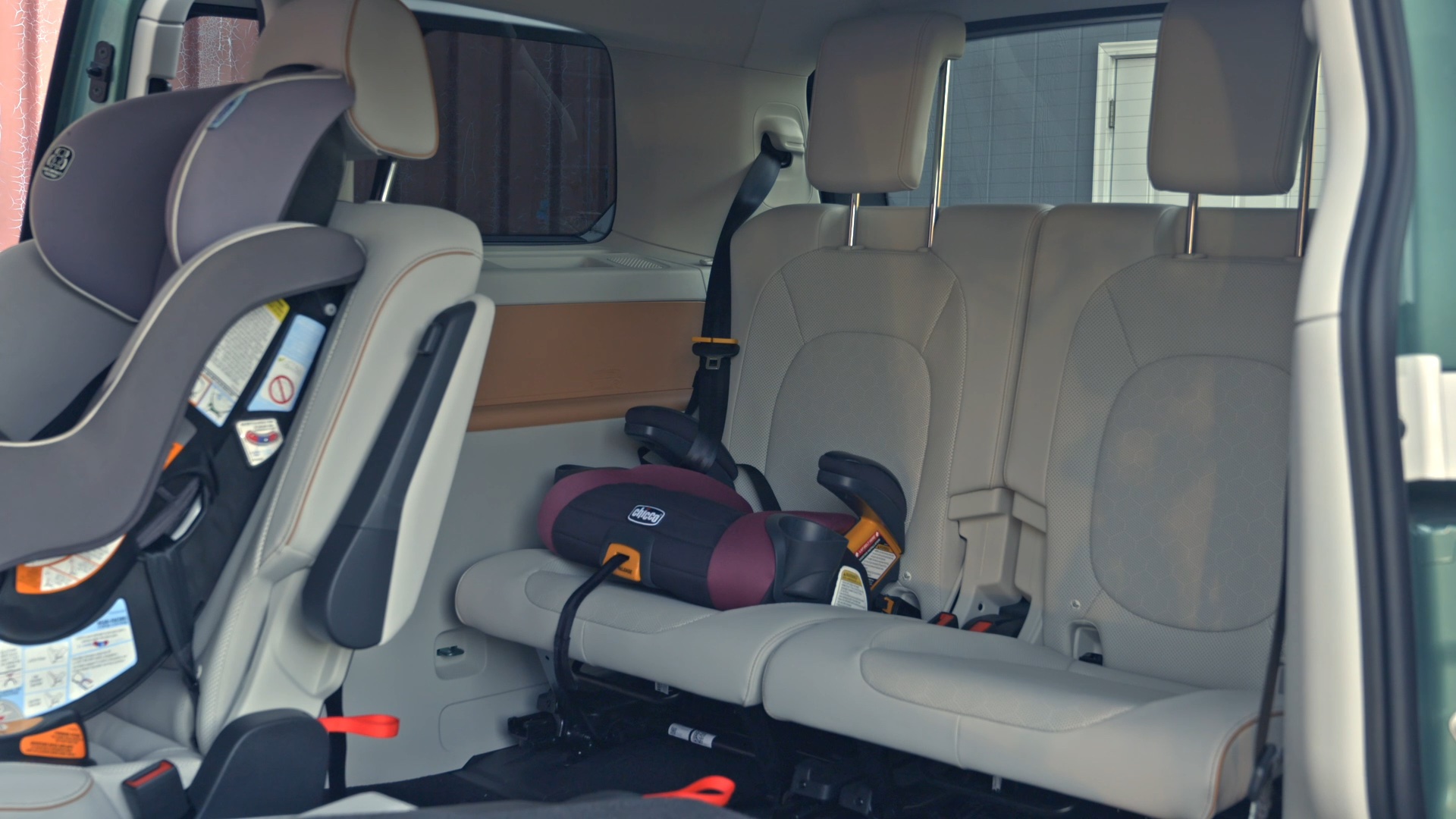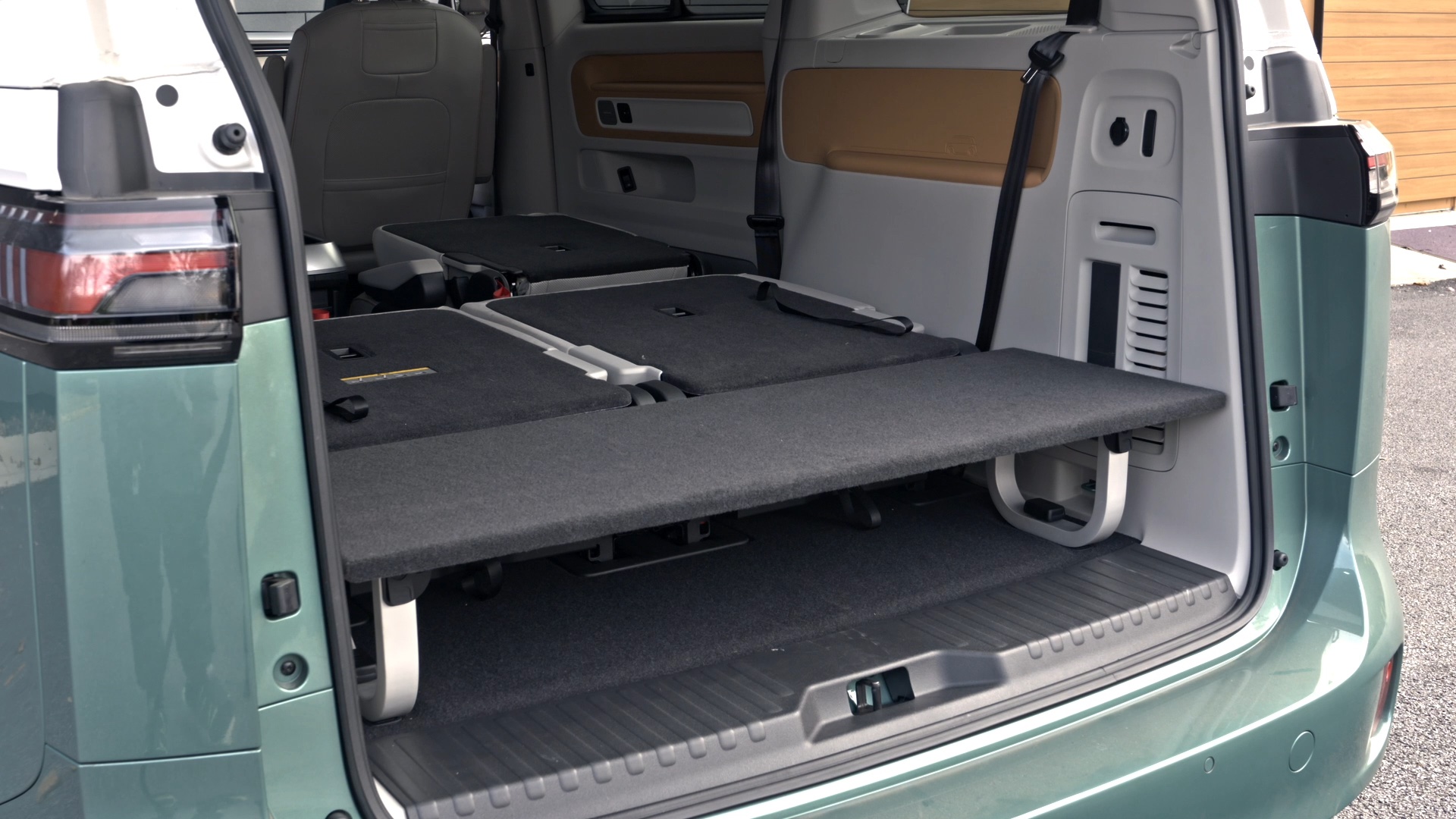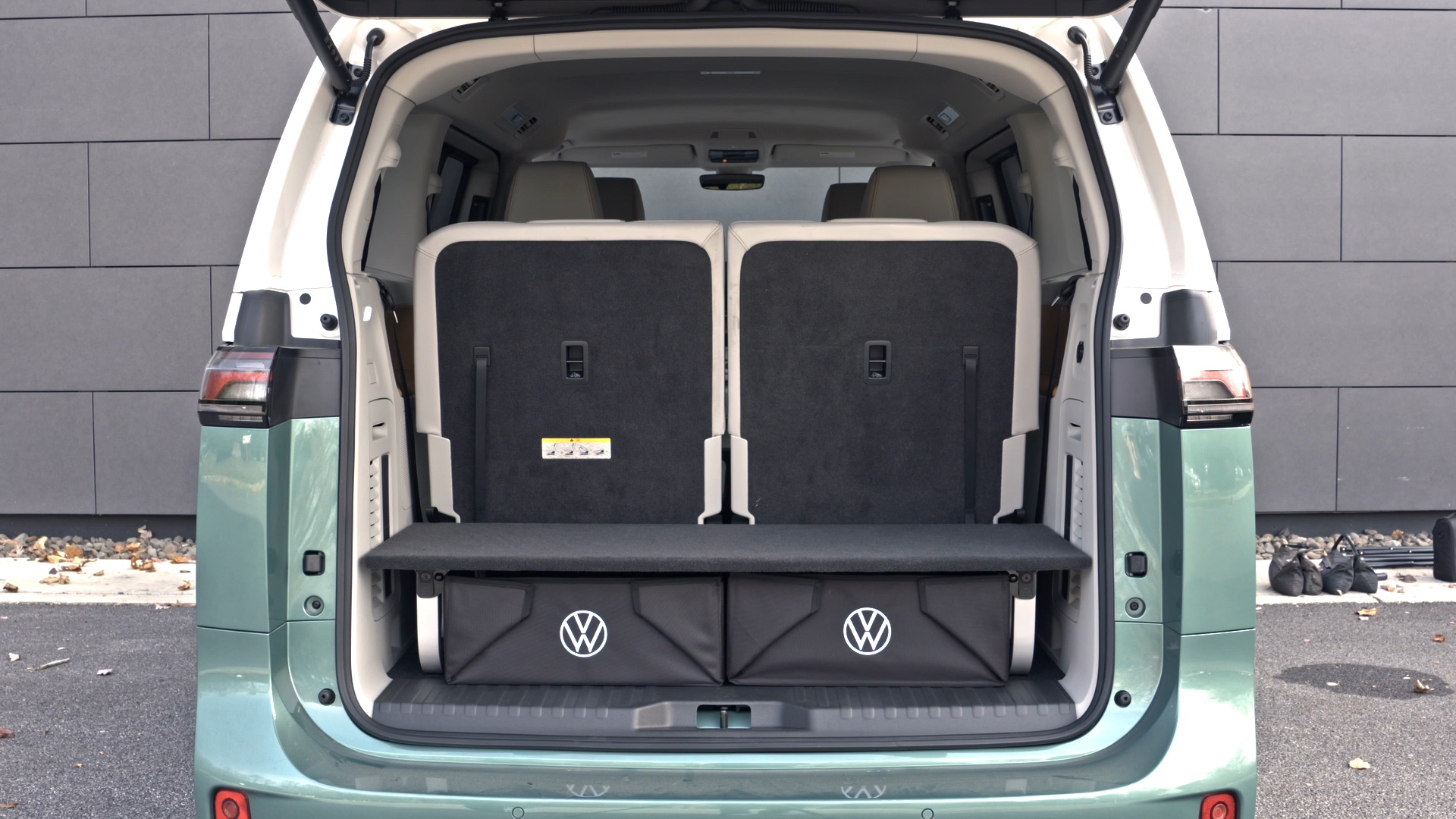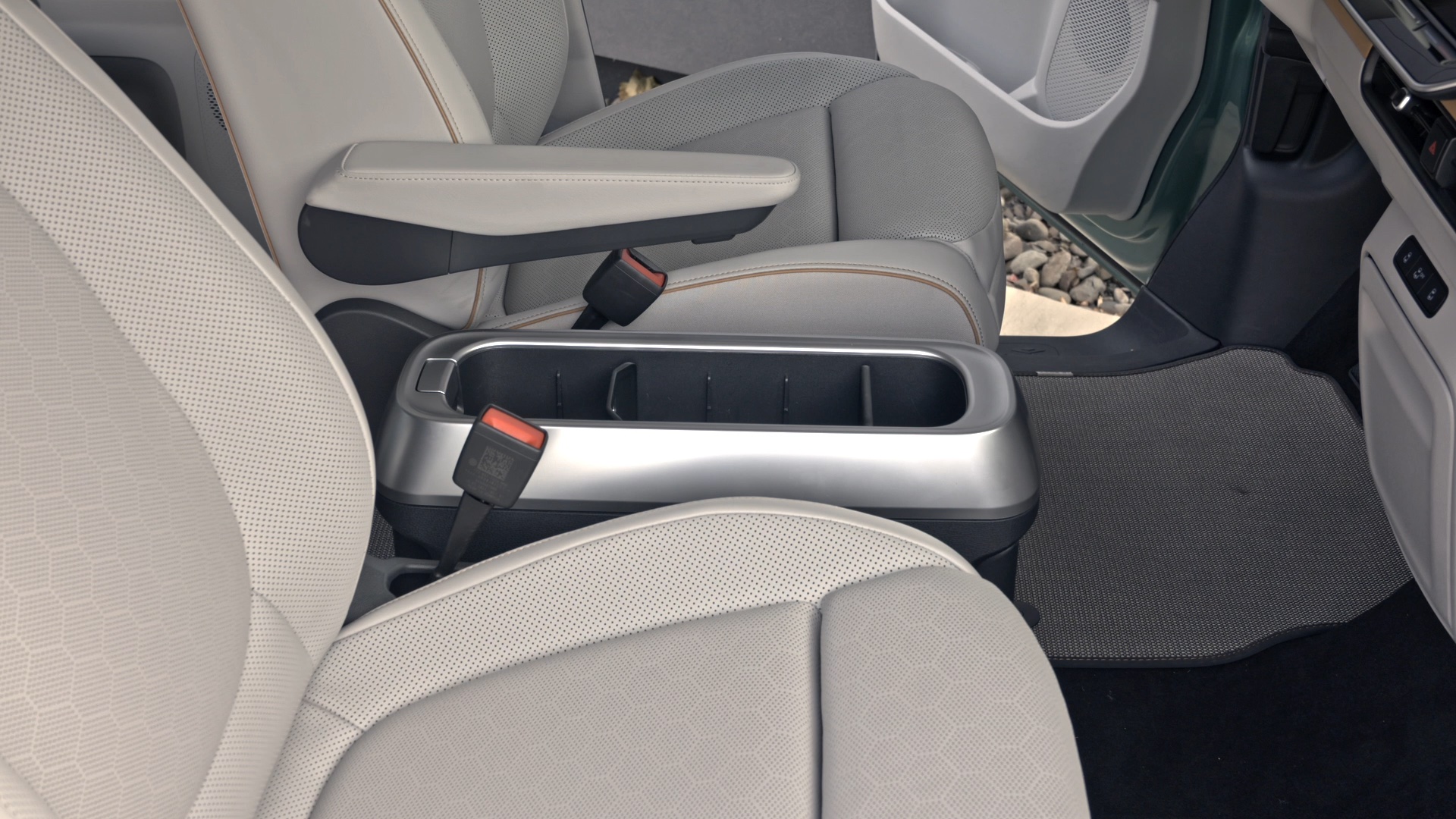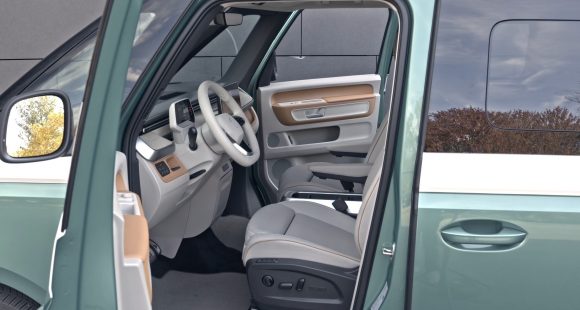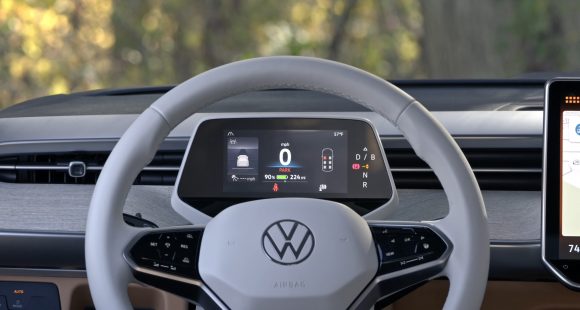2017 Ford Explorer
Since it first arrived for 1991, the Ford Explorer has been a top seller among larger SUV’s and crossovers, with over 7 million sales to date. But, the market for three-row family utilities is bigger and more cut-throat than ever. So, the latest Explorer is outfitted with lot of little changes that Ford hopes will bring big results, with less exploring and more conquering.
2016 marked the 25th anniversary for the Ford Explorer. And while it was far from the first SUV, it was clearly one of the first that made a case for being a family vehicle more than just a rutted roads runabout.
Today’s Explorer bears little resemblance to that truck-based original, now riding on a three row crossover platform that debuted for 2011. Styling updates for ’16 included more than just the usual front fascia; as hood, headlamps, and fenders were new as well.
Most everything got freshened in back also; lift gate, bumper, and taillights. And of course there’s some new wheel styles to choose from. 20-17 adds a Sports Appearance Package with 20-inch wheels and Magnetic Grey highlights for the XLT trim.
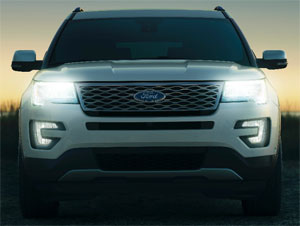 A straightforward 3.5-liter naturally-aspirated V6 is still the base engine. More entertaining is this twin-turbo EcoBoost 3.5-liter V6 with 365-horsepower and 350 lb-ft. of torque.
A straightforward 3.5-liter naturally-aspirated V6 is still the base engine. More entertaining is this twin-turbo EcoBoost 3.5-liter V6 with 365-horsepower and 350 lb-ft. of torque.
The newest option, is the Mustang’s 280-horsepower 2.3-liter I4 EcoBoost that replaces the 2.0-liter.
If your budget is not restricted, by all means opt for the 3.5 EcoBoost. It makes the Explorer feel like a true performance-style SUV. Though all engines offer adequate power as well as all-wheel-drive; and come equipped with a 6-speed automatic transmission. Max towing is a class-norm 5,000-lbs.
The all-wheel-drive system features Ford’s Terrain Management System with settings for Normal, Snow, Sand, and Mud. In our experience, you pick your road conditions and the Explorer responds.
Now, there seems to be no limit to how far manufacturers will go to add poshness to utilities, nor buyers’ appetites for same. So, Ford brings the Platinum series to the Explorer. It features real wood and aluminum trim, as well as premium Sony sound and quilted leather.
And it’s altogether very nice, almost Land rover spec. inside. The brushed aluminum accents are gorgeous, and the animal hides are Nirvana leather, but think more of the place you want to spend eternity in, not the alternative rock band playing right now on Lithium.
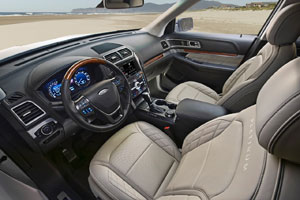 7–passenger seating is standard, with 2nd row Captain’s chairs, an option.
7–passenger seating is standard, with 2nd row Captain’s chairs, an option.
Being one of the larger 3-row crossovers means that cargo space fairs well at 21.0 cubic-ft. behind the 3rd row, 43.9 behind the 2nd row, and maxing out at 81.7 cubic-ft. A hands free lift gate is available with XLT and Sport trim; standard on Limited and Platinum.
Platinum trim also includes enhanced Active Park Assist; and on the safety front, inflatable 2nd row safety belts are now available on all models.
As before, the Explorer won’t yet apply the brakes for you if a collision is imminent; but it will give plenty of warning, and provide full braking pressure once you initiate the stop.
Turbocharging may not me a total replacement for displacement, but our twin-turbo V6 felt plenty V8-strong at our test track. There’s good torque down low, and grippy all-wheel-drive hookup, for a 6.5-second sprint to 60.
There was plenty of high-end grunt as well, accompanied by urgent shifting from the 6-speed automatic; taking us to the end of the ¼-mile in 15.0-seconds flat, at 94 miles-per-hour.
Through the cones, the Explorer still feels big and heavy compared to its many more nimble rivals. But there are still plenty of people out there who want their Bronco-type vehicle to still feel like a truck.
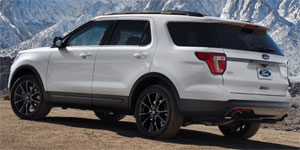 It’s certainly manageable, though. Just keep the speeds down and your inputs smooth.
It’s certainly manageable, though. Just keep the speeds down and your inputs smooth.
Despite that big-truck feel, a 121-foot average stopping distance from 60 is quite good for any family-size utility. Nose dive was moderate, with pedal travel on the long side.
Government Fuel Economy Ratings for the EcoBoost V6 with all-wheel-drive are 16-City, 22-Highway, and 18-Combined. Our average with Regular grade was right on, at 18.1 miles-per-gallon. That makes for a poor Energy Impact Score at 18.3-barrels of yearly oil consumption with 8.2-tons of CO2 emissions.
There’s a wide variety in pricing, as you might expect, starting at $32,105 for a base 2017 Explorer; all-wheel-drive adds $2,150 more. While Platinum trim comes with a tag befitting the name, at $54,180
Even after a quarter of a century, Ford has managed to find ways to significantly improve the Explorer without any turnoffs. The luxury intentions of the Platinum are obvious, while the rest of the lineup still plays the large family vehicle part perfectly. We think that will keep Explorer’s market-conquering ways intact beyond the horizon.
Specifications
- Engine: 3.5 liter
- Horsepower: 365
- Torque: 350 lb-ft.
- 0-60 mph: 6.5 seconds
- 1/4 mile: 15.0 seconds @ 94 mph
- EPA: 16 mpg city / 22 mpg highway,
- Energy Impact: 18.3 barrels of oil/yr
- CO2 Emissions: 8.2 tons/yr
2025 Volkswagen ID. Buzz
Volkswagen Brings Beetlemania Level Of Excitement To Minivan Segment
The duty of upholding Volkswagen’s heritage has most recently been delegated to small legacy car names like Golf and Jetta. But hold on! A much larger, totally modern take on VW’s classic microbus has just buzzed over the horizon— the all-electric ID. Buzz. It’s been at the top of our minds since we first saw the concept back in 2017. Well, it’s finally here, so let’s get our groove into drive!
This 2025 Volkswagen ID. Buzz has indeed created the most buzz around Volkswagen since the Beetle’s return to the U.S. in the late 1990s. We couldn’t drive it anywhere without drawing a crowd. No wonder, just about everyone has a VW Microbus story to tell, and seeing this reimagined version rolling down the street brings back all those memories.
VW really pulled it off as far as we’re concerned, as it looks great without appearing over the top. All the cues are here: Big VW logo front and center, lots of greenhouse including A-pillar windows and mini sliders for the second-row passengers, D-pillar air vents, and two-tone wheels. And while its appearance may be pure retro, its drivetrain is far from it, as the ID. Buzz is all-electric, and unlike the new Beetle, the Buzz does retain the original Microbus’ rear-drive architecture.
Powering those rear wheels is a 210-kW motor drawing juice from a 91-kWh battery for a range of 234 miles; 200-kW max charging will get you to 80% in about 26 minutes. Buyers can add another small 80-kW motor up front for 4motion all-wheel-drive and an increase of total output from 282 to 335 horsepower with a combined 512 lb-ft of torque. It uses the same battery, but range estimates drop just slightly to 231 miles. But while those numbers are modest, we also found them to be quite conservative, as we observed as many as 287 miles available in our all-wheel-drive tester’s gauge display and were on pace for 273 miles in our driving loop.
One throwback theme that may be a turnoff to some is that it’s quite a step up into the Buzz’s front seats, but there’s certainly a commanding view of the road once you climb in. Second row seating can be either a three-place bench or a pair of captain’s chairs, so there’s generous room for seven or six passengers. The captain’s chairs in our Pro S Plus offer good support and very easy access to the third row.
Lots of flexibility too with the option to simply fold the seats or remove them altogether.
With the sliding side doors and a wide opening rear hatch, there’s plenty of access for loading big sport utility amounts of cargo. Lots of flexibility too with the option to simply fold the seats or remove them altogether, and the ability to create a full-length flat floor with a rear cargo shelf that covers some handy removable storage bins. There’s 18.6 cubic-feet of space behind the third row, 75.5 behind the second, and a max of 145.5. That’s more than a Chevrolet Tahoe. For smaller items, there are lots of cubbies throughout the cabin, along with a standard Buzz Box that can be moved to multiple locations.
With a design that prioritizes retro form and modern function over aero efficiency, the 4motion equipped ID. Buzz earns a Fair efficiency rating, using 42-kWh of electricity per 100 miles, and we weren’t sure what to expect at our Mason Dixon test track.
What we found was great torque off the line and drama free launches to 60 in just 5.3 seconds. It was very stable at speed and power delivery stayed steady most of the way down the track until we reached about 90 mph, when it began to taper off just before we finished the quarter-mile in 14.0 seconds flat at 97 mph.
With 1,200-lbs. of battery weight nestled in its 127.5-inch wheelbase, the Buzz felt planted to the pavement through our handling course. There was quite a bit of body roll to deal with, but surprisingly little understeer. In panic braking runs, pedal response was inconsistent, feeling soft at times, pushing back hard at others; but through it all, results were quite good, stopping from 60 in an average of just 108 feet.
Three interior themes are available, this Dune is the brightest, featuring coastal inspired wood optic dash décor, “gray and clay” leatherette surfaces, and a high-mounted central 12.9-inch touchscreen. Pricing starts with a rear-wheel-drive Pro S at $61,545; this Pro S Plus begins at $65,045, add another $4,500 for 4motion, which brings a few extra features along with all-wheel drive.
Retro design with old-school VW charm, modern EV drivetrain, big SUV capacity merged with minivan flexibility; it all comes together in this 2025 Volkswagen ID. Buzz. It’s easily one of the coolest rides of the year and one that will likely keep Volkswagen dealers buzzing for years to come, and that’s something no other people and things mover can say.
Specifications
As Tested
- Motor Setup: Dual-Motor AWD
- Battery Size: 91-kWh
- Horsepower: 335
- Torque: 512 lb-ft
- EPA Range: 231 miles
- 0-60 mph: 5.3 seconds
- 1/4 Mile: 14.0 seconds at 97 mph
- Braking, 60-0: 108 feet
- MW Test Loop: ~ 273 miles









